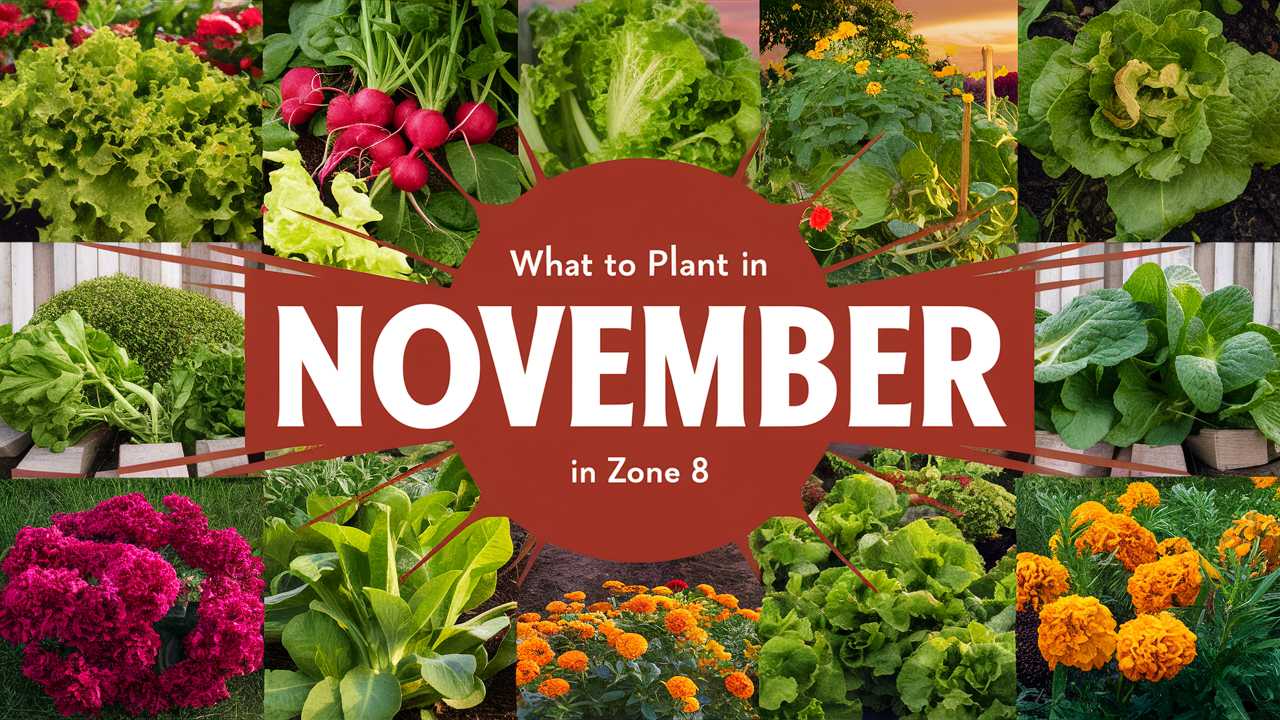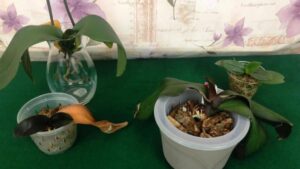In this comprehensive guide, we’ll explore the plants that can thrive when planted in November, highlighting their temperature tolerances, optimal planting practices, and care requirements.
Vegetables To Plant
As the cooler temperatures settle in, Zone 8 gardeners can take advantage of this transitional season by planting a variety of vegetables that flourish in the mild climate. Here’s a selection of ten vegetables ideal for planting in November:
Collard Greens
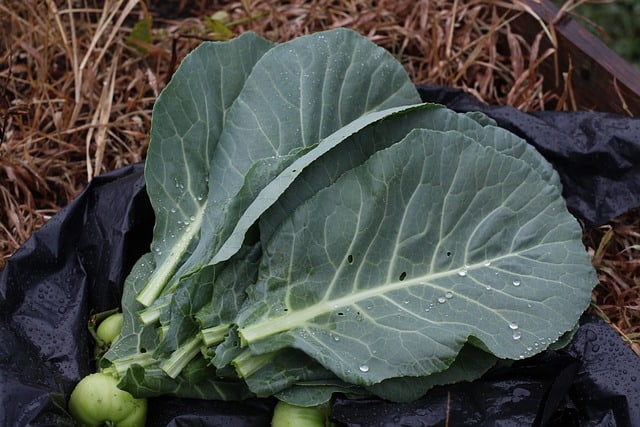
Collard greens are a staple of Southern cuisine and are perfect for fall planting in Zone 8. These hardy greens thrive in cooler weather, and their flavor often improves after exposure to frost.
Temperature Tolerance: Collards can tolerate temperatures as low as 20°F (-6°C).
Planting Instructions: Sow seeds directly in the garden or transplant seedlings in mid-November. Keep the soil consistently moist but not soggy, ensuring good drainage.
Garlic
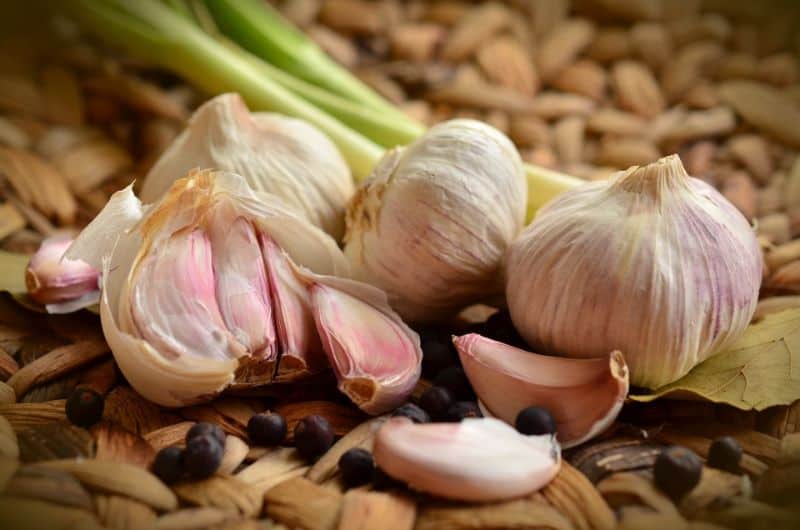
November is optimal for planting garlic, as it establishes roots before winter dormancy. Garlic grows best in full sun and well-drained soil, with regular watering.
Temperature Tolerance: Garlic can survive winter temperatures down to 0°F (-18°C).
Planting Instructions: Separate garlic bulbs into cloves and plant them 2 inches deep, 4 to 6 inches apart in rows. Mulching with straw helps retain moisture and protect them from extreme cold.
Spinach
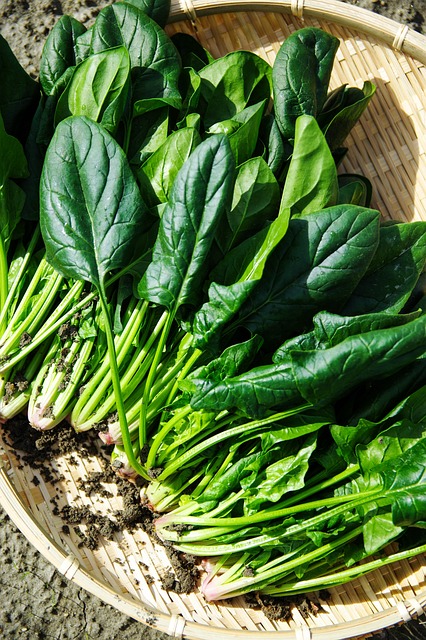
Spinach is a fast-growing leafy green that does well in cooler months. Its sweet flavor is enhanced by cold weather, making it a favorite for November planting.
Temperature Tolerance: Spinach can withstand temperatures down to 20°F (-6°C) and even lower if adequately protected.
Planting Instructions: Sow seeds ½ inch deep in well-drained soil, preferably in a sunny location. Regular watering is crucial, especially during dry spells.
Kale
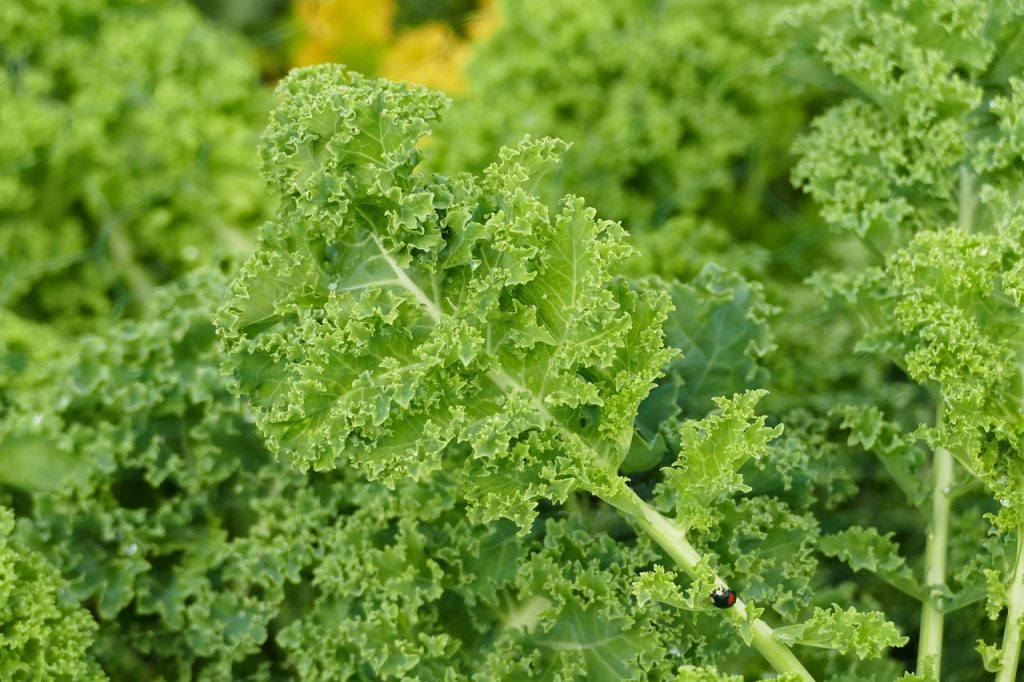
Kale is one of the hardiest vegetables you can plant in fall, and it continues to produce through winter. Its resilience makes it a popular choice for outdoor gardens.
Temperature Tolerance: Kale can survive down to 15°F (-9°C) and will get sweeter as temperatures drop.
Planting Instructions: Space seedlings 12 to 18 inches apart in well-exposed areas. For direct sowing, plant seeds about ½ inch deep.
Turnips
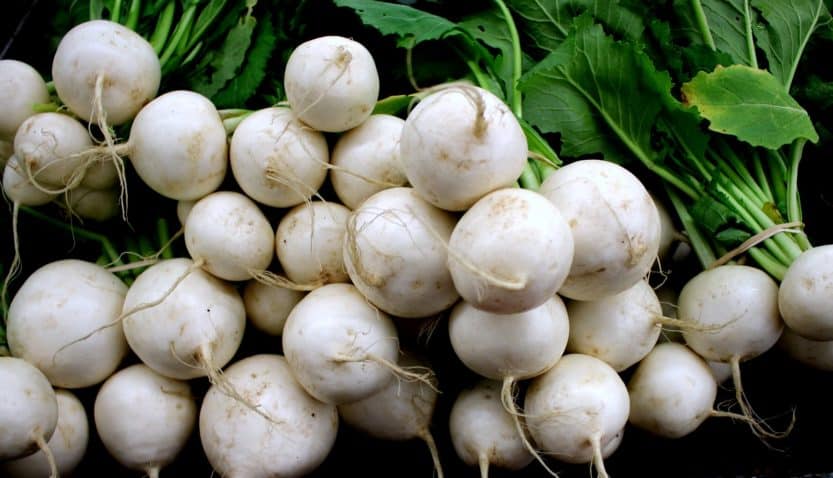
Turnips are another fall favorite, with both the roots and greens being edible. They grow rapidly and are excellent for late-season planting.
Temperature Tolerance: Turnips can handle frost and may tolerate temperatures down to 20°F (-6°C).
Planting Instructions: Sow turnip seeds in well-drained soil at a depth of ½ inch, about 1-2 inches apart.
Beets
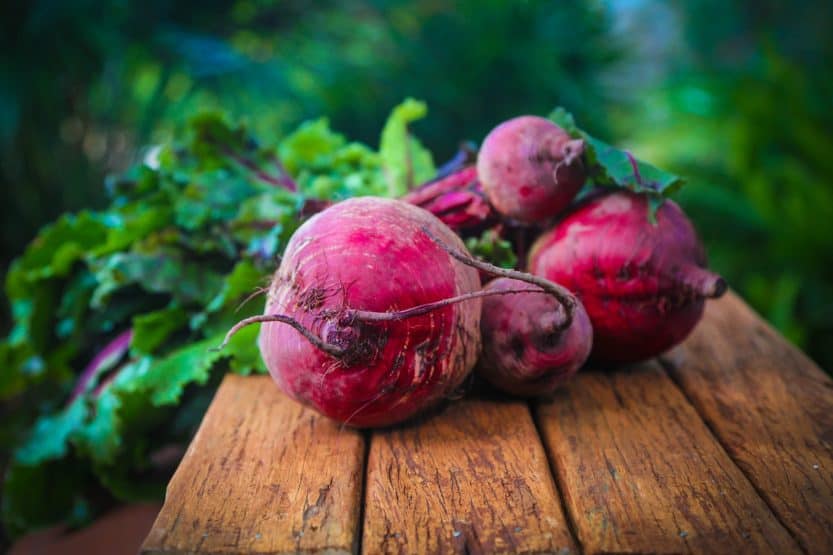
Beets are nutritious root vegetables that do well when sown in November, producing fresh greens and roots ready for harvesting in late winter.
Temperature Tolerance: Beets are frost-tolerant and can thrive in temperatures down to 20°F (-6°C).
Planting Instructions: Plant beet seeds about 1 inch deep, spaced 2 to 4 inches apart. Thin seedlings once they have developed a few leaves.
Mustard Greens
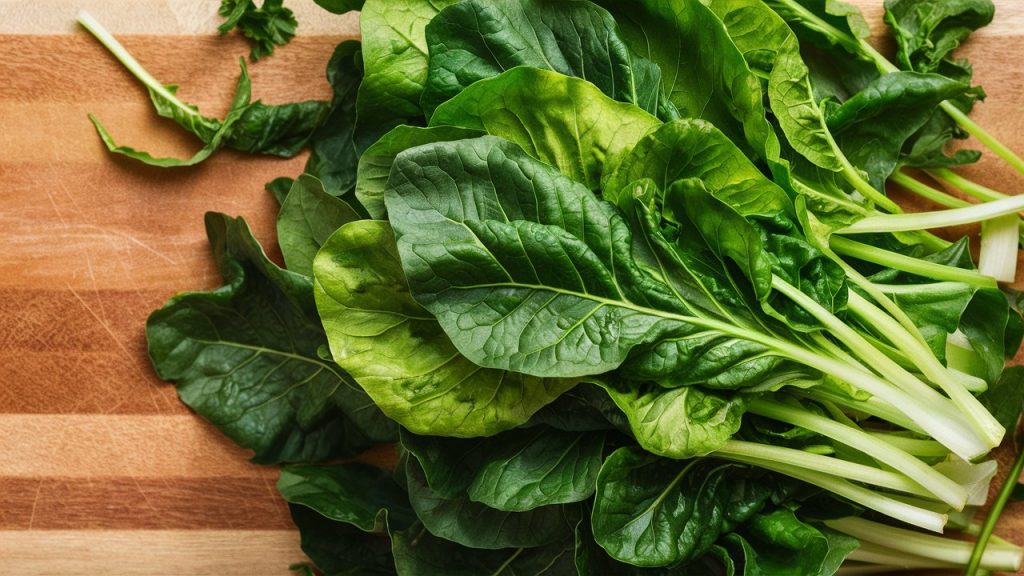
Mustard greens are another cold-hardy leafy green that benefits from the cool temperatures. They add a spicy kick to salads and cooked dishes.
Temperature Tolerance: Mustard greens can endure frost and survive temperatures as low as 20°F (-6°C).
Planting Instructions: Sow mustard seeds ¼ inch deep, with rows spaced 12 to 18 inches apart. Ensure ample sunlight for optimal growth.
Broccoli
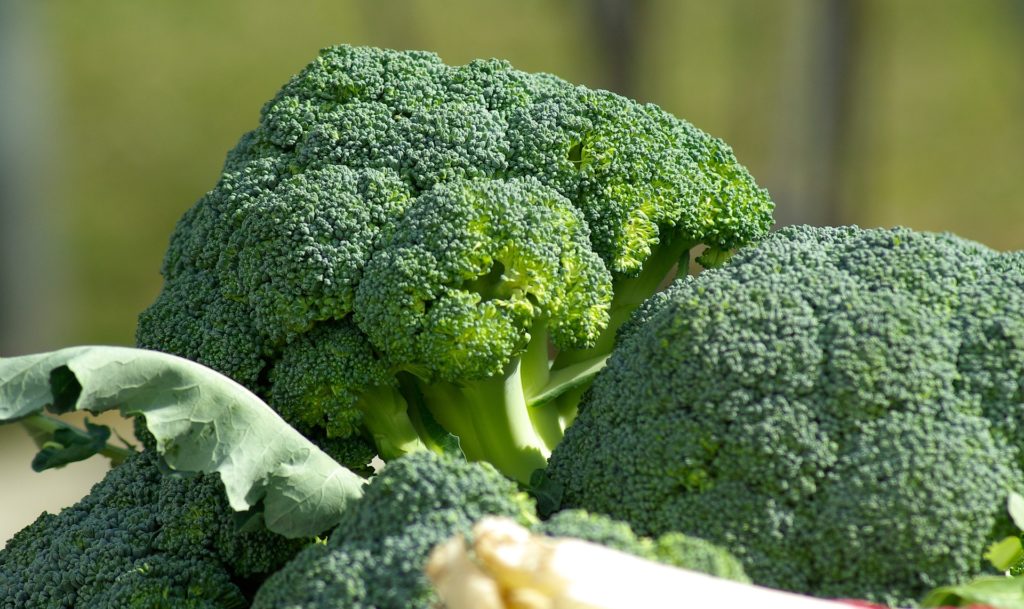
Broccoli is an excellent choice for planting in November as it can withstand cooler temperatures and even frost.
Temperature Tolerance: Broccoli can thrive in temperatures down to 27°F (-3°C), becoming sweeter after frost.
Planting Instructions: Space broccoli plants 12 to 24 inches apart and plant seeds or transplants ½ inch deep. Regular watering is essential for healthy growth.
Radishes
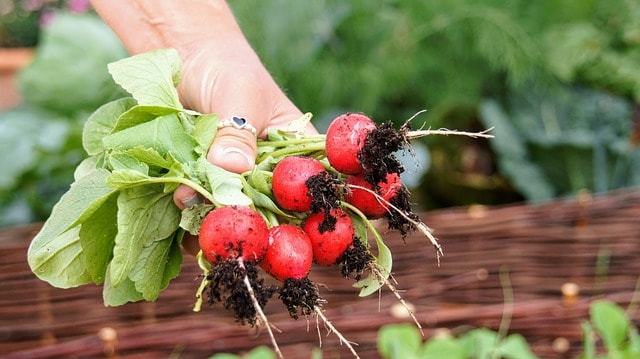
Radishes are quick-growing and can be sown in November for a rapid winter harvest. They thrive in cooler conditions.
Temperature Tolerance: Radishes can tolerate temperatures down to about 30°F (-1°C).
Planting Instructions: Directly sow seeds about ½ inch deep, 1 inch apart. Thin seedlings to ensure good spacing as they grow.
Carrots
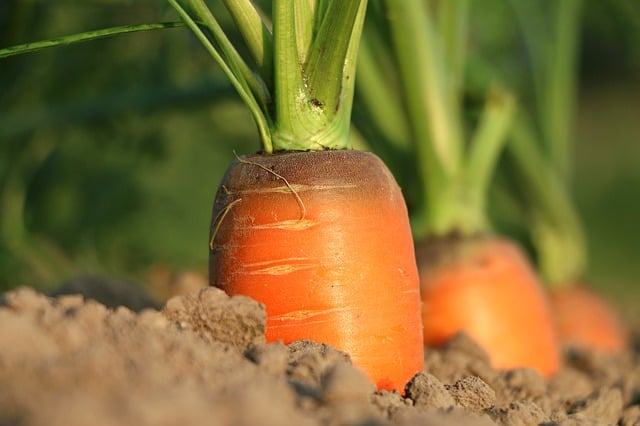
Carrots planted in November can develop into sweet and crunchy roots, especially after exposure to frost.
Temperature Tolerance: Carrots can survive temperatures down to 20°F (-6°C).
Planting Instructions: Sow seeds ¼ inch deep in well-tilled soil, spacing them 2 inches apart. Thin seedlings to 4 inches apart for optimal root growth.
Flowers To Plant
November also provides an excellent opportunity to enhance the visual appeal of your garden with flower planting. Here are ten flowers perfect for planting in Zone 8 during this month.
Pansies
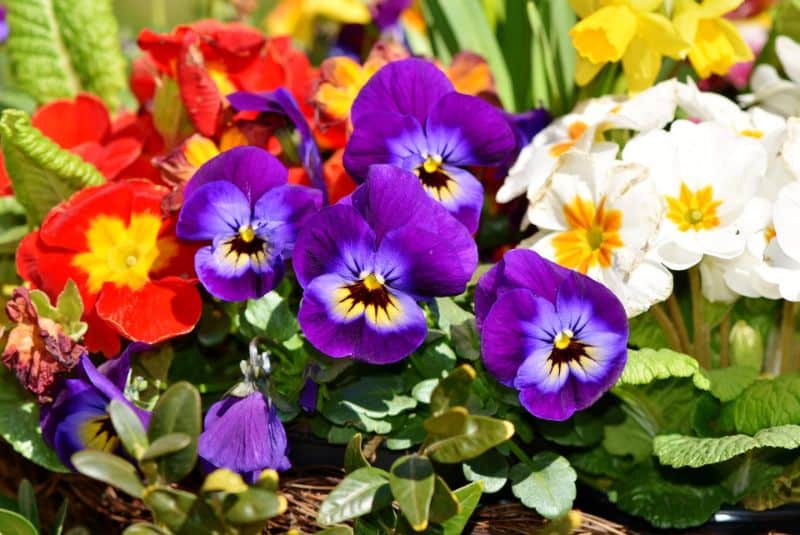
Pansies are hardy annuals that add vibrant color to the fall and winter garden. They can bloom throughout the winter months in milder climates.
Temperature Tolerance: Pansies can tolerate frost and survive temperatures as low as 20°F (-6°C).
Planting Instructions: Plant pansies in well-drained soil, spacing them 6 to 12 inches apart, ideally in full sun or partial shade.
Violas
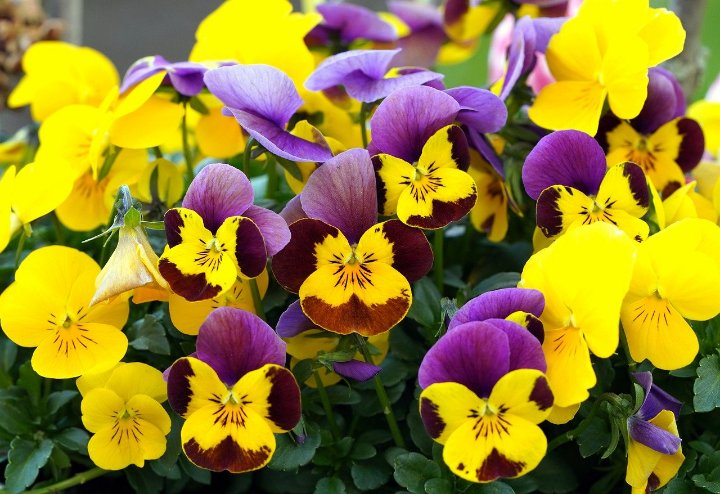
Violas are similar to pansies but are often smaller and can produce abundant blooms in cooler weather. They can provide continuous color through the winter.
Temperature Tolerance: Violas can withstand temperatures down to the mid-20s Fahrenheit (-4°C).
Planting Instructions: Space violas 6 to 10 inches apart, planting them 1 inch deep in rich, well-draining soil.
Snapdragons
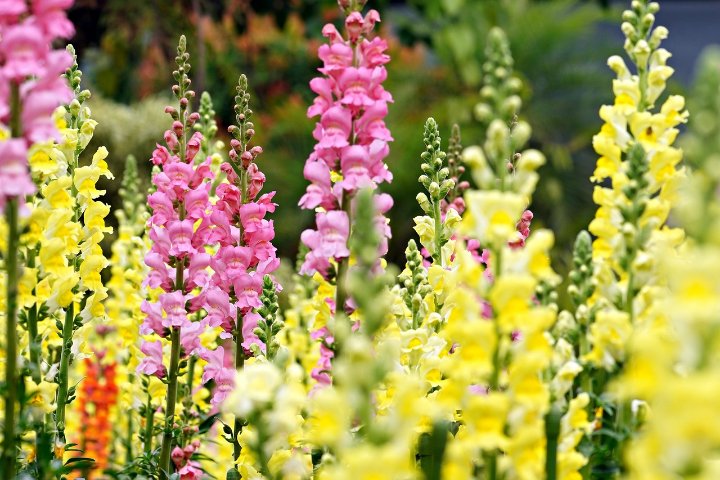
Snapdragons are sturdy biennials that thrive in cooler temperatures and can provide fantastic winter blooms.
Temperature Tolerance: They can handle temperatures down to 20°F (-6°C) and bloom beautifully amidst frost.
Planting Instructions: Sow seeds about ¼ inch deep and space them 6 to 12 inches apart for good air circulation.
Dianthus
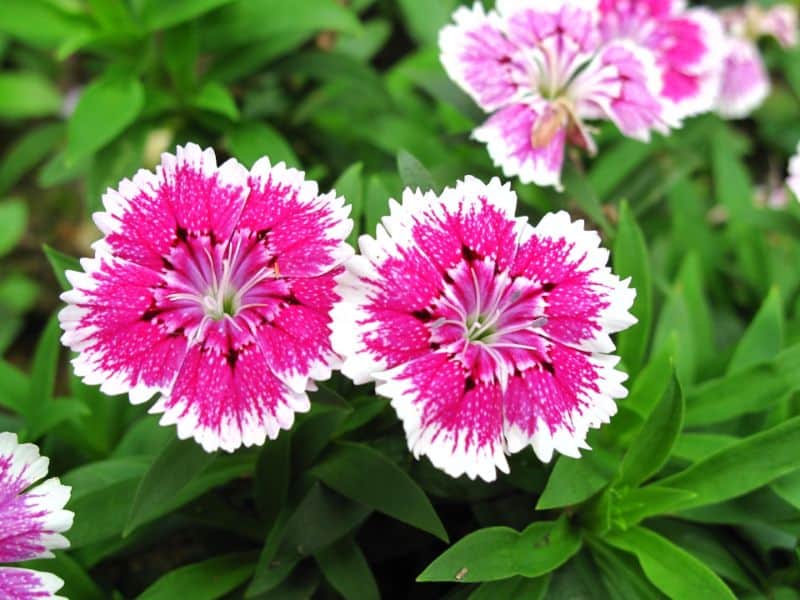
Dianthus flowers, or carnations, can add fragrant blooms to gardens in Zone 8, blooming reliably even in cooler temperatures.
Temperature Tolerance: They can endure winters down to 15°F (-9°C).
Planting Instructions: Plant dianthus 6 to 12 inches apart in well-draining soil, with planting depth about ½ inch.
Ornamental Kale
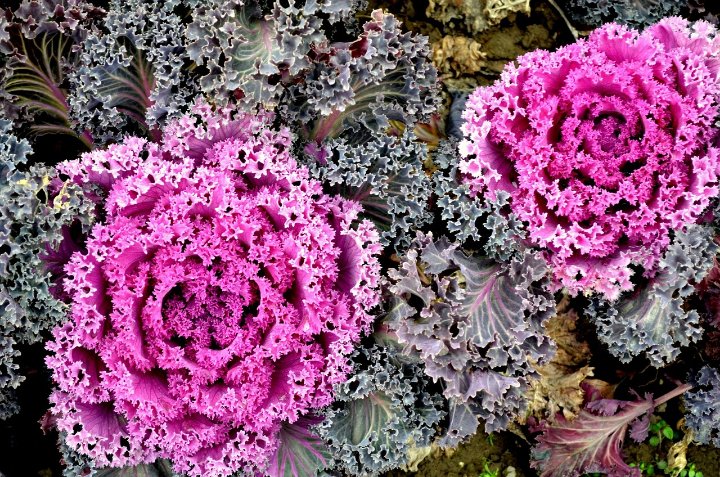
Ornamental kale is both beautiful and edible, making it a unique choice for November planting.
Temperature Tolerance: It can survive temperatures to about 20°F (-6°C).
Planting Instructions: Space plants 12 to 18 inches apart and ensure they’re placed in full sun for optimal coloration.
Cyclamen
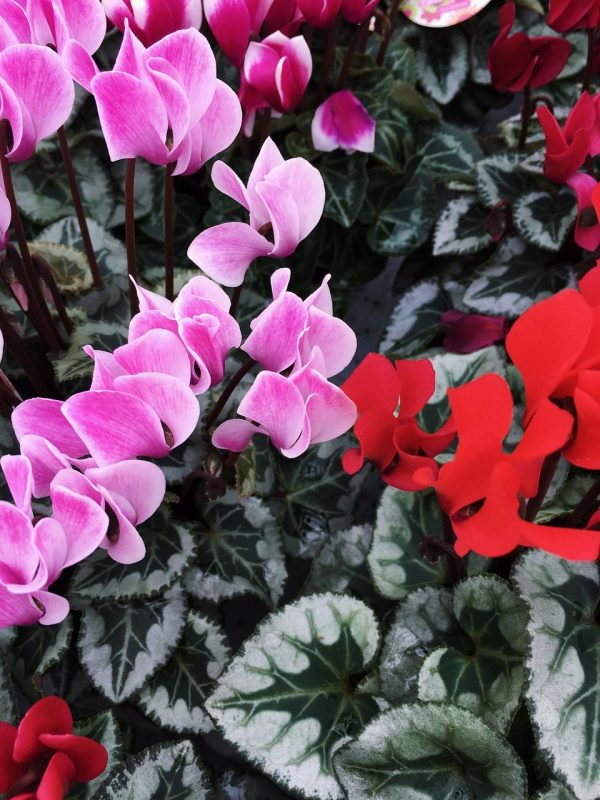
Cyclamen are cool-weather flowers prized for their unique heart-shaped leaves and vivid blooms, perfect for late fall and winter gardens.
Temperature Tolerance: Cyclamen can tolerate light frost, with survival down to 30°F (-1°C).
Planting Instructions: Plant bulbs in well-draining soil, burying them only at the tips, spaced about 6 inches apart. They prefer partial shade.
Sweet Alyssum
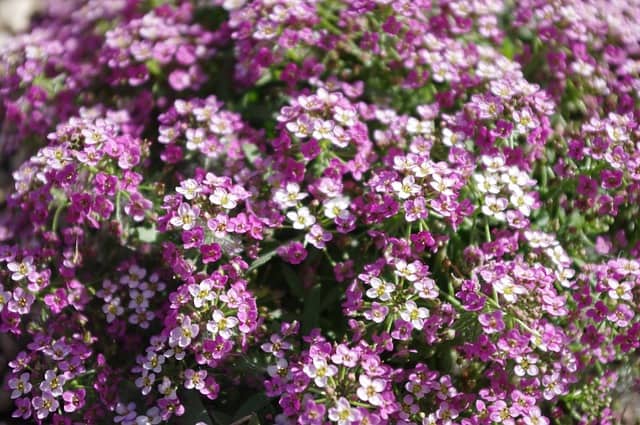
Sweet Alyssum is a highly fragrant flower that thrives in cooler temperatures. It’s ideal for hanging baskets or ground covers.
Temperature Tolerance: It can withstand light frosts.
Planting Instructions: Sow seeds directly into the soil, about ¼ inch deep and spaced 6 inches apart.
Primrose
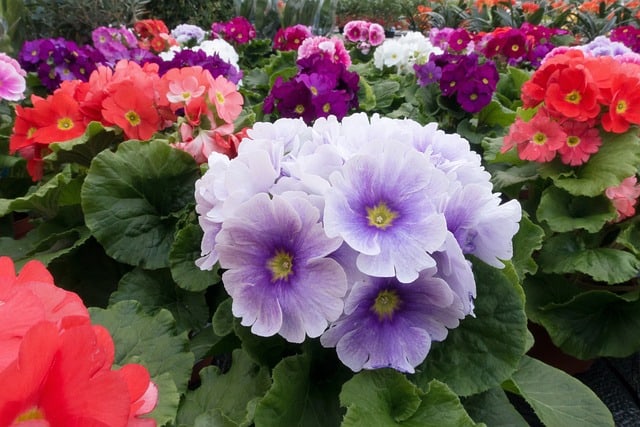
Primrose blooms in a variety of colors and can brighten up the winter landscape significantly.
Temperature Tolerance: They flourish in temperatures as low as 20°F (-6°C).
Planting Instructions: Plant primrose in well-drained soil, spacing 6 inches apart.
Foxglove
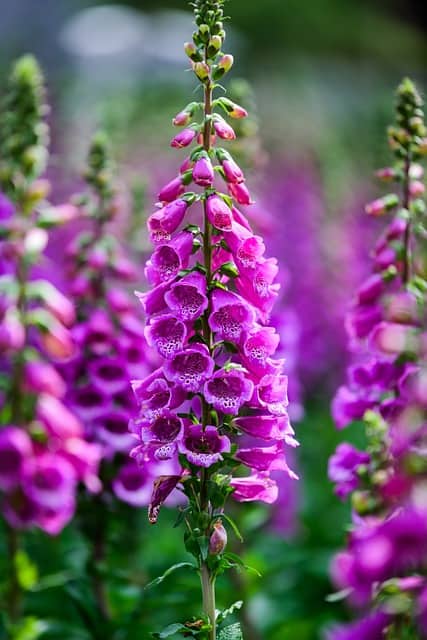
Foxglove is a biennial that can provide stunning spikes of flowers the following spring and summer when planted in fall.
Temperature Tolerance: It can handle temperatures down to 20°F (-6°C).
Planting Instructions: Sow seeds about ¼ inch deep, spacing them 12 inches apart in rich, moist soil.
Winter Jasmine
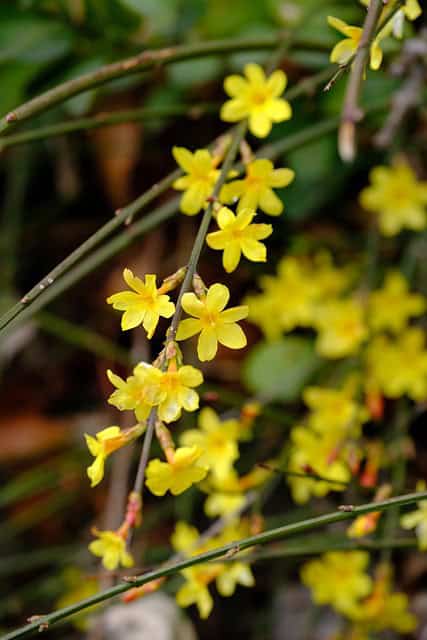
Winter jasmine is a deciduous shrub that can bloom in late winter, providing vibrant yellow color and a pleasant fragrance.
Temperature Tolerance: It can tolerate temperatures down to 20°F (-6°C).
Planting Instructions: Space plants at least 3 feet apart in well-draining soil, preferably in spots with full sun to partial shade.
Herbs To Plant
In addition to vegetables and flowers, November is a great time to plant various herbs that can be enjoyed throughout the cooler months. Here are ten herbs perfect for Zone 8:
Garlic Chives
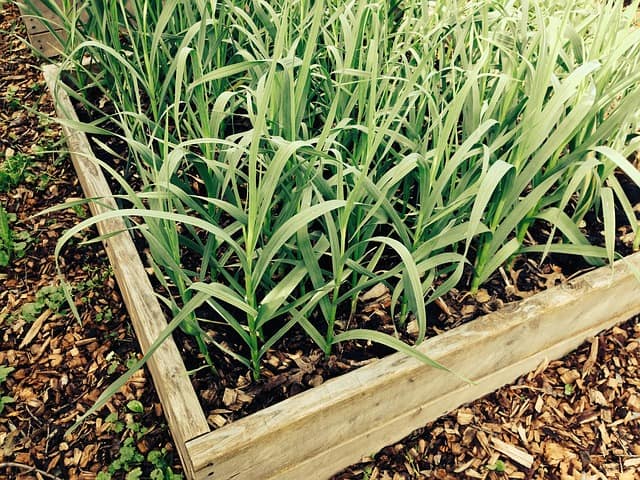
Garlic chives are a robust herb that can be planted in November and will continue to thrive through the winter months.
Temperature Tolerance: They withstand temperatures down to 20°F (-6°C).
Planting Instructions: Sow seeds or transplants ¼ inch deep and space them 12 inches apart. Full sun is preferable for optimal growth.
Thyme
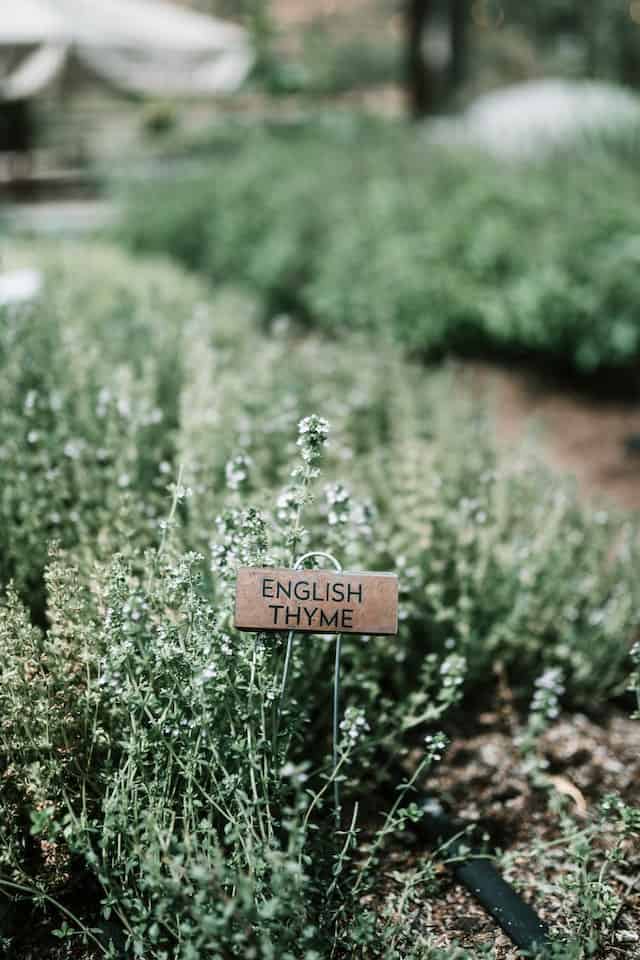
Thyme is a versatile culinary herb that thrives in cooler weather. It’s drought-resistant and grows well even in poor soils.
Temperature Tolerance: It can tolerate temperatures as low as 30°F (-1°C).
Planting Instructions: Plant thyme 12 inches apart in well-drained soil, at a depth of about ½ inch.
Oregano
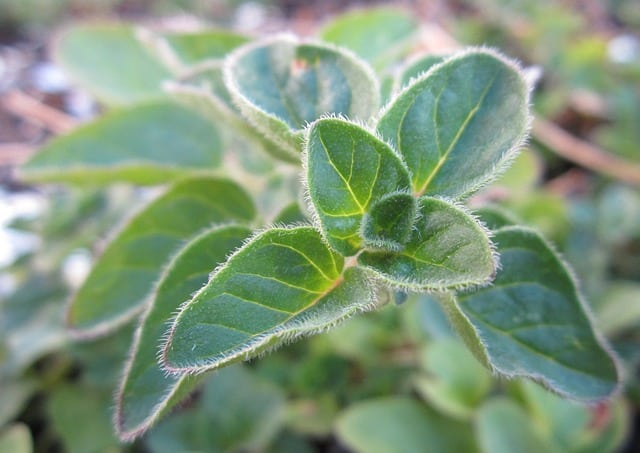
Oregano is another hardy herb that does well in the cooler months and adds robust flavor to many dishes.
Temperature Tolerance: It can withstand light frost.
Planting Instructions: Space oregano plants 12 inches apart in well-draining soil, burying seeds about ¼ inch deep.
Parsley
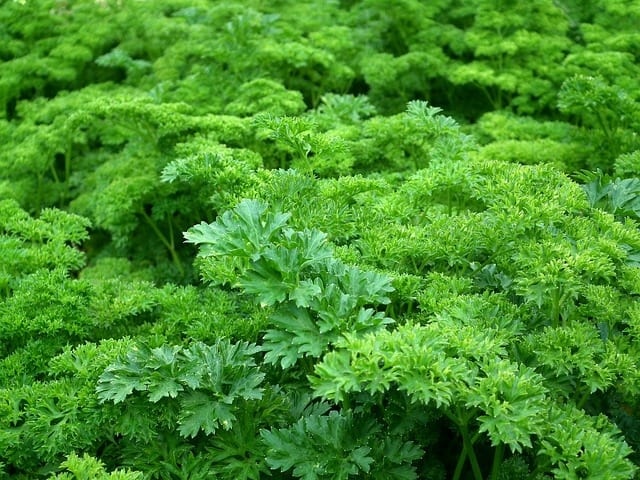
Parsley is a biennial herb often treated as an annual. It remains flavorful even into the winter.
Temperature Tolerance: Parsley can thrive with temperatures dipping below 20°F (-6°C).
Planting Instructions: Sow seeds ¼ inch deep and space them 10 inches apart in rich, well-draining soil.
Cilantro
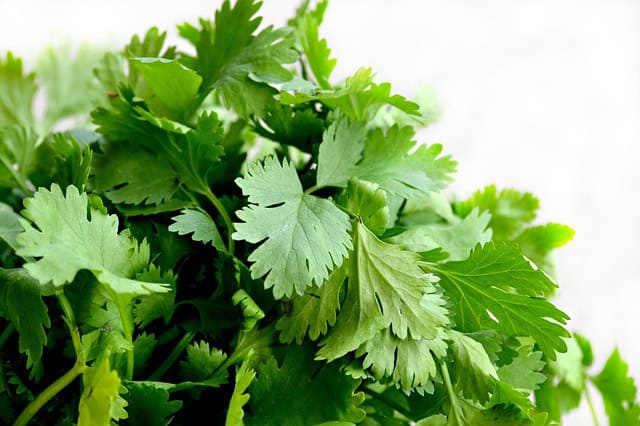
Cilantro can be planted in November for a late-winter harvest. It tends to bolt in the warmer months, so fall planting can yield a fantastic crop.
Temperature Tolerance: Cilantro can handle light frost.
Planting Instructions: Sow seeds directly into the soil about ¼ inch deep and spaced 6 inches apart.
Sage
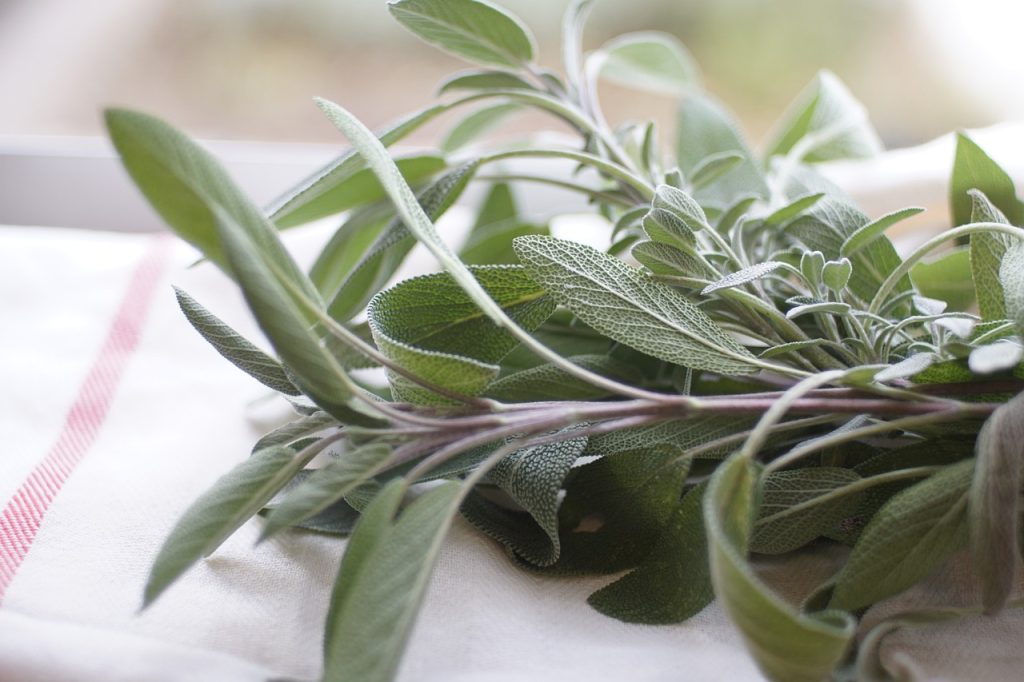
Sage is a robust perennial herb that can thrive in cooler temperatures and needs minimal care, making it ideal for fall planting.
Temperature Tolerance: It can endure temperatures down to 20°F (-6°C).
Planting Instructions: Plant sage 12 inches apart in fertile, well-draining soil and cover seeds about ½ inch deep.
Mint
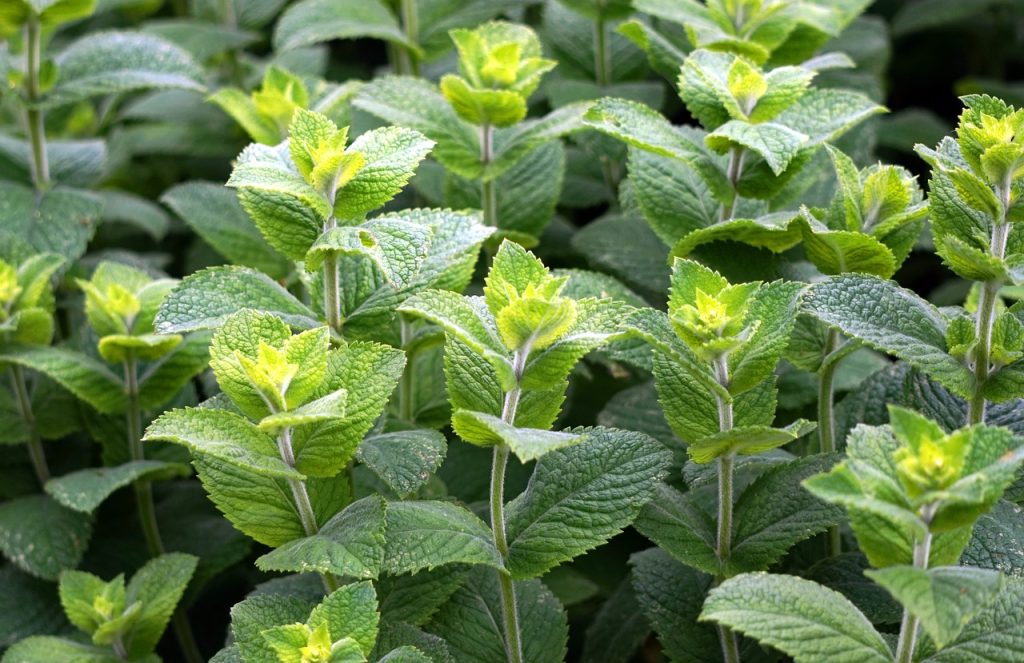
Mint is an invasive herb that thrives in cooler weather, and it can continue its growth cycle even during the winter months.
Temperature Tolerance: Mint can tolerate cold temperatures down to 20°F (-6°C).
Planting Instructions: Mint can be started from transplants or seeds, planted about 12 inches apart in rich, moist soil.
Chive
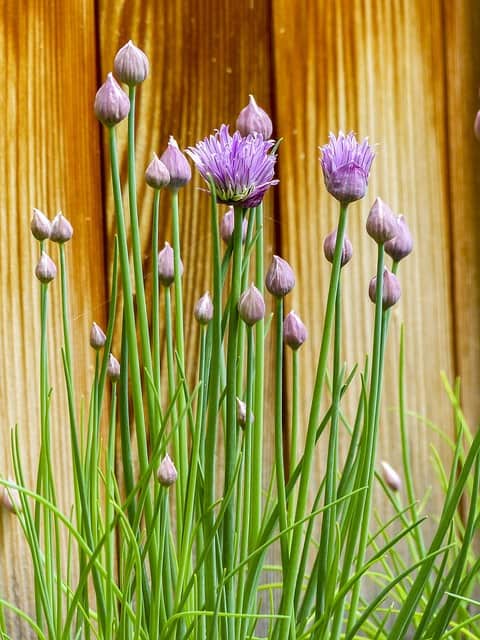
Chives are a hardiest option for cool-season herbs and can continue to grow throughout winter.
Temperature Tolerance: They can withstand temperatures down to 20°F (-6°C).
Planting Instructions: Sow seeds about ¼ inch deep in rich soil with spacing of about 12 inches.
Winter Savory
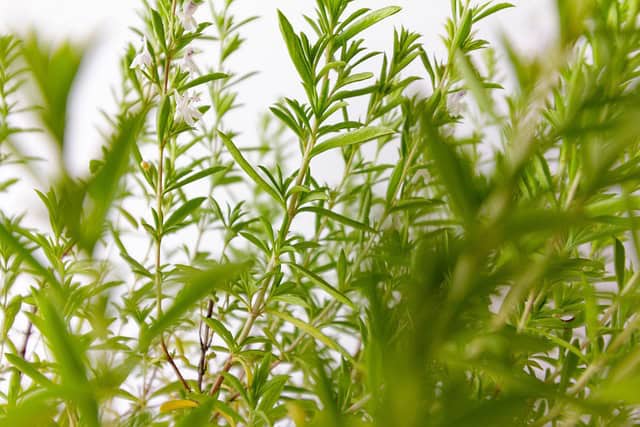
Winter savory is a lesser-known herb that can thrive in cool weather and deters pests, making it a great addition to any herb garden.
Temperature Tolerance: It can tolerate temperatures around 25°F (-4°C).
Planting Instructions: Plant seeds ½ inch deep in well-drained soil, spacing them about 12 inches apart.
Tarragon
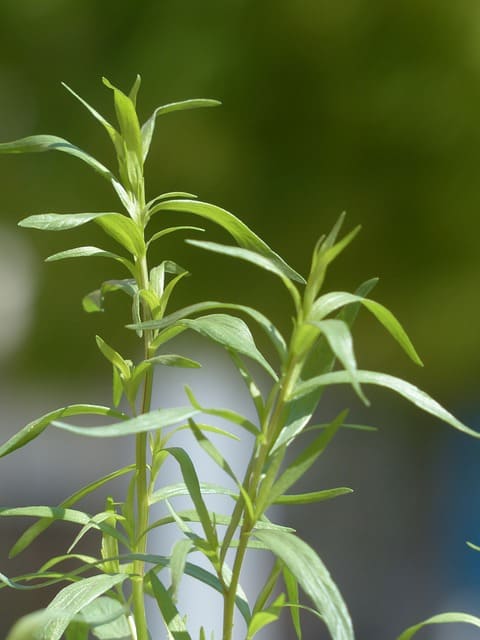
French tarragon is a perennial herb that adds a unique flavor to dishes. While it prefers well-drained soil, it can also adapt to various conditions.
Temperature Tolerance: It tolerates temperatures down to 20°F (-6°C).
Planting Instructions: Plant tarragon seeds ¼ inch deep, spacing them at least 12 inches apart for optimal growth.
Landscape Plants To Plant In November
For those looking to enhance their landscaping with additional foliage and blooms, several perennial and shrub varieties are suitable for November planting in Zone 8.
Azaleas
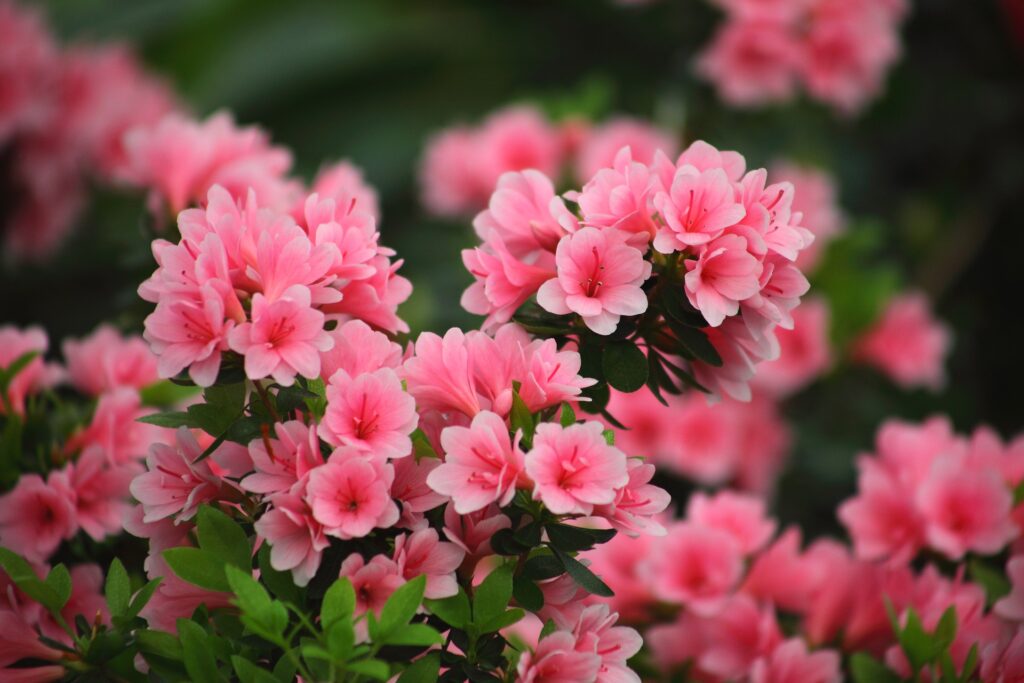
Azaleas are a colorful addition to any landscape and do well when planted in the fall, establishing strong roots before spring blooms arrive.
Temperature Tolerance: They can survive mild winter temperatures but prefer drainage.
Planting Instructions: Plant them in well-drained soil, spacing 2 to 5 feet apart depending on the variety.
Camellias
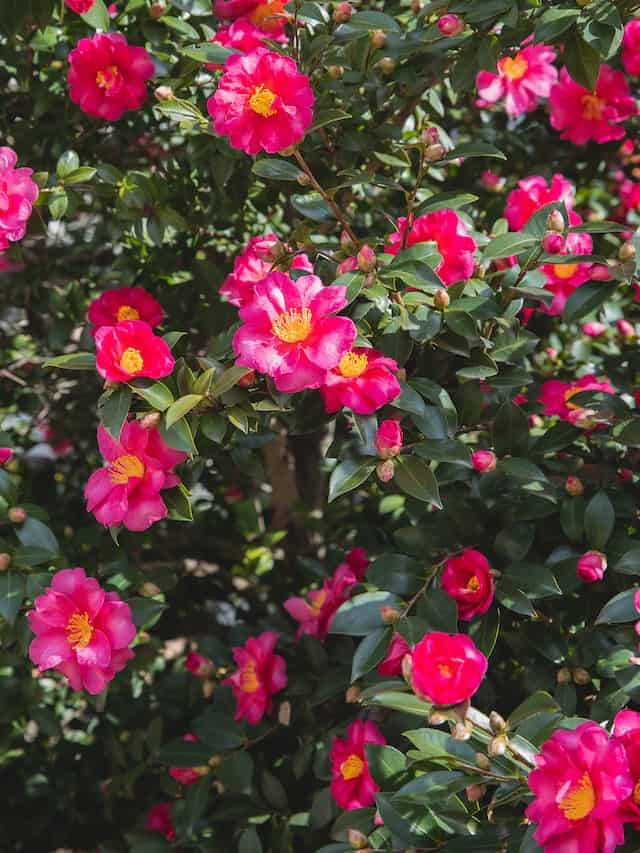
Camellias add a touch of elegance to any garden and can withstand frost, making them a great choice for November planting.
Temperature Tolerance: Camellias can tolerate temperatures down to about 15°F (-9°C).
Planting Instructions: Space camellias 4 to 8 feet apart in slightly acidic, damp soil, ensuring they receive afternoon shade.
Holly
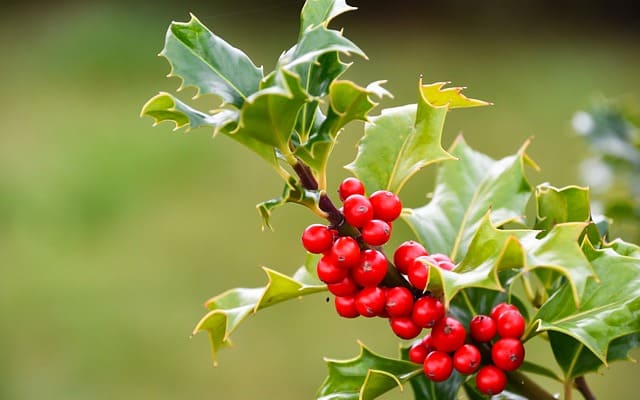
Holly bushes provide attractive berries during winter and are a great plant to set in the ground in November.
Temperature Tolerance: Hollies can tolerate temperatures down to 15°F (-9°C).
Planting Instructions: Space holly shrubs 3 to 4 feet apart, plant them in well-drained soil, and give them full sun to partial shade.
Juniper
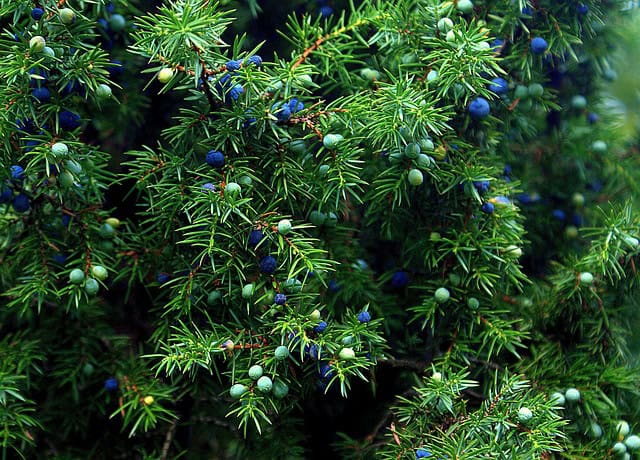
Junipers are versatile evergreen shrubs that can thrive in cooler temperatures, providing year-round interest in landscaping.
Temperature Tolerance: Junipers can endure cold down to -10°F (-23°C).
Planting Instructions: Space them 3 to 6 feet apart in full sun, ensuring good drainage.
Ornamental Grasses
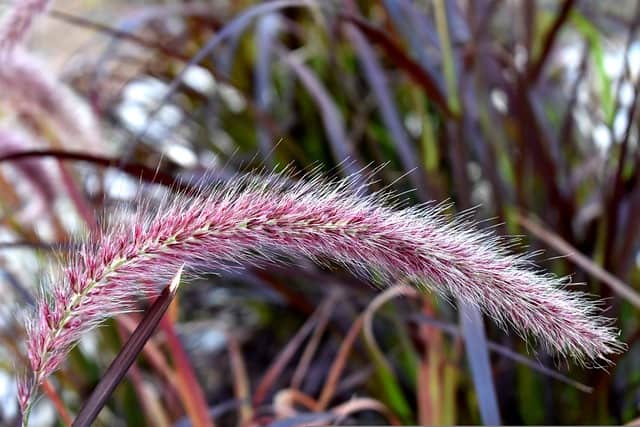
Ornamental grasses like fountain grass and feather reed grass can be planted in November. They add texture and movement to the landscape.
Temperature Tolerance: Many ornamental grasses tolerate cold temperatures down to 0°F (-18°C).
Planting Instructions: Space grasses according to their mature size, typically about 2 to 4 feet apart.
Winterberry
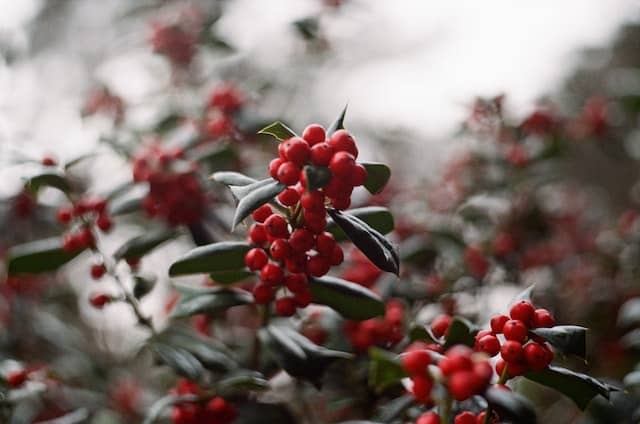
Winterberry, a type of holly, is perfect for providing visual interest with its bright berries throughout winter.
Temperature Tolerance: They can withstand temperatures down to 20°F (-6°C).
Planting Instructions: Space winterberries 6 to 10 feet apart in well-drained soil and partial sun.
Mums (Chrysanthemum)
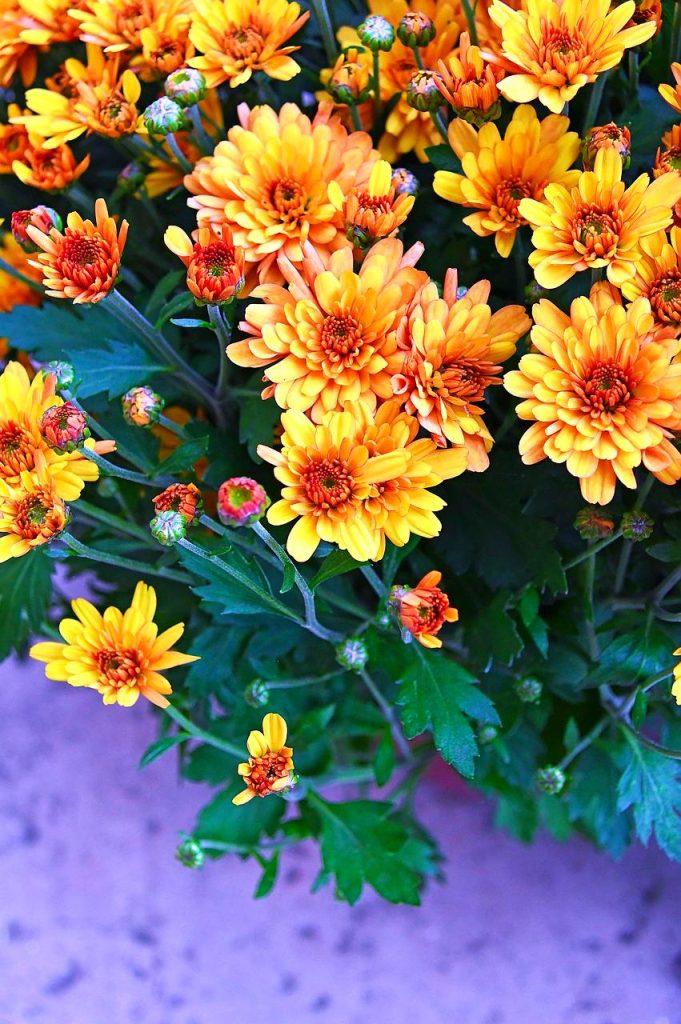
Although often considered a fall annual, certain hardy varieties of mums can be planted in November for a late planting boost.
Temperature Tolerance: Mums can handle a few frosts but do best in milder conditions.
Planting Instructions: Space them 1 to 3 feet apart in well-drained soil, preferably in full sun.
Barberry
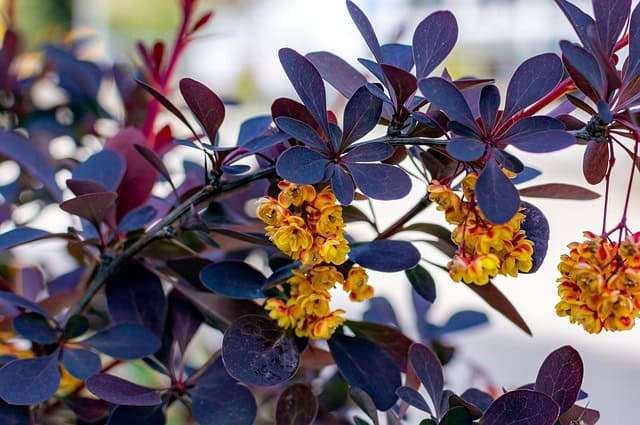
Barberry is an easy-care shrub known for its ornamental foliage and berries. It can thrive in cooler temperatures, making it a great option for late fall planting.
Temperature Tolerance: Most barberry varieties tolerate temperatures down to -20°F (-29°C).
Planting Instructions: Space barberries about 3 feet apart in well-draining soil, with a preference for full sun.
Snowdrops
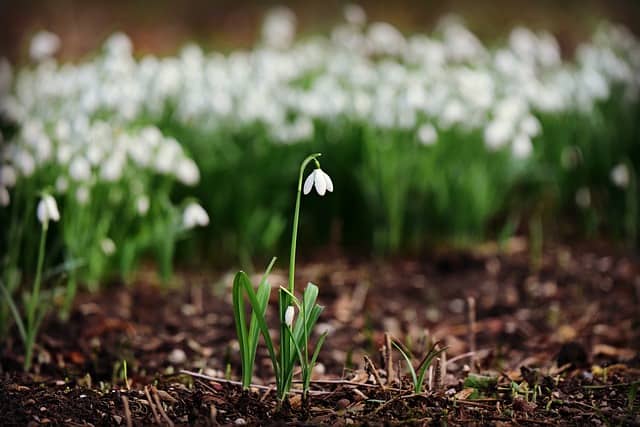
Snowdrops are charming early bloomers that can be planted in November. They add delicate beauty and often bloom as winter transitions to spring.
Temperature Tolerance: They can survive freezing temperatures.
Planting Instructions: Plant snowdrop bulbs about 3 inches deep and 3 inches apart in well-drained soil.


